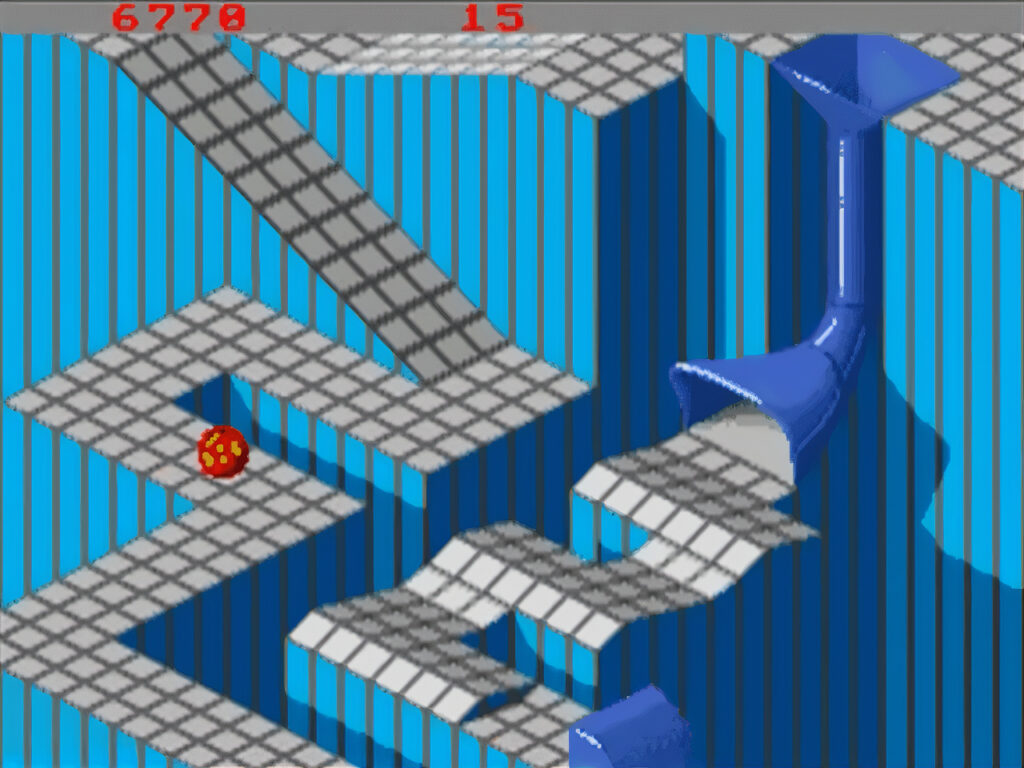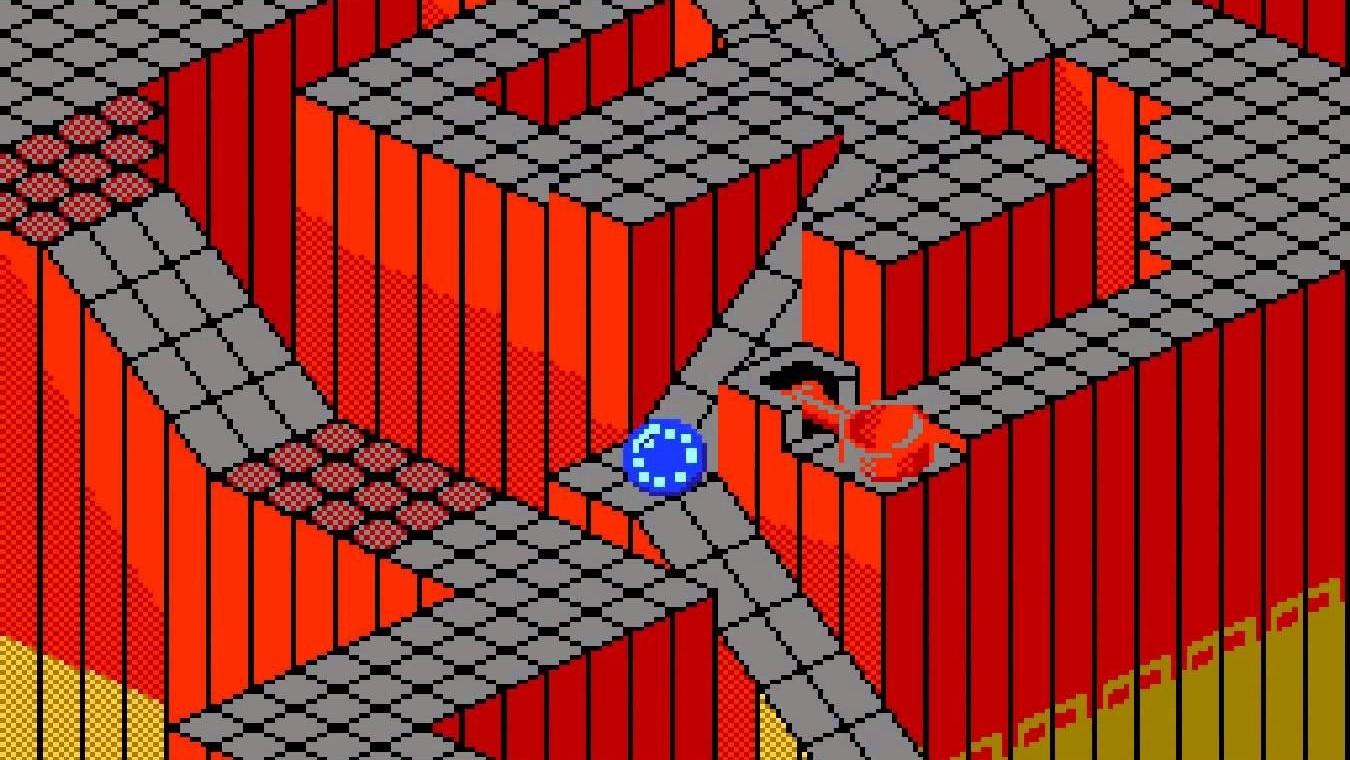Introduction
In 1984, a game called Marble Madness was introduced to the arcade gaming world. Five years later, the game was ported to the Nintendo Entertainment System (NES) by Rare and Milton Bradley. In this review, we will explore the game’s features, gameplay, graphics, and overall experience.
- Developer: Rare
- Publisher: Milton Bradley
- Released: 1989
Gameplay
Marble Madness is a ball-rolling game with a simple objective: reach the finish line before time runs out. The game has six levels, and each level poses a different challenge. Players must avoid enemies, navigate through narrow pathways, and overcome traps like disappearing platforms along the way.
Falling off the edge or getting captured by an enemy will cost valuable seconds. Players have unlimited marbles but failing to reach the goal results in a Game Over.

To make things more interesting, the game offers a speed boost feature. Players can press the A button to perform a speed boost, which can help evade enemies or reach the finish line faster. There are also a few shortcuts throughout the levels that can save time, but they’re usually risky to take.
Controls
The tight and responsive controls make it easy to maneuver through the levels.
The controls in Marble Madness are impressive, considering that the arcade version used a trackball. The NES version allows players to use the controller sideways or normally. The tight and responsive controls make it easy to maneuver through the levels. The A button’s responsiveness is crucial for effectively using the speed boost feature.
Graphics and Sound
The game’s graphics are simple but effective. The bright colors and detailed backgrounds make each level visually interesting. The music and sound effects add to the game’s experience and fit well with the game’s overall tone.
Difficulty
Marble Madness starts off easy, but the game quickly ramps up the difficulty. The levels become more challenging as players progress, with environmental hazards and enemies becoming more challenging to avoid. The game’s difficulty curve is well-balanced, making it a challenging but fair game.

Replayability
The game can be completed relatively quickly, with some players beating it in under five minutes. While there is a two-player racing mode that offers some extra playability, the game’s single-player experience is limited. There are no additional levels or modes to unlock, making it less appealing for players who are looking for a longer-lasting experience.
The game’s short length and lack of additional content limit its replayability.
Conclusion
Marble Madness is an excellent port of the arcade classic. The game’s tight controls, challenging gameplay, and multiple routes through each level make it an entertaining experience.
The game’s short length and lack of additional content limit its replayability, but it’s still worthwhile for retro gaming fans or those who want to experience a classic arcade game.
Summary
Marble Madness is a well-made game with a lot of charm, but its short length and lack of replayability prevent it from being a true classic. It’s a fun game to play and provides an enjoyable challenge, but it’s not a game that players will come back to time and time again.













